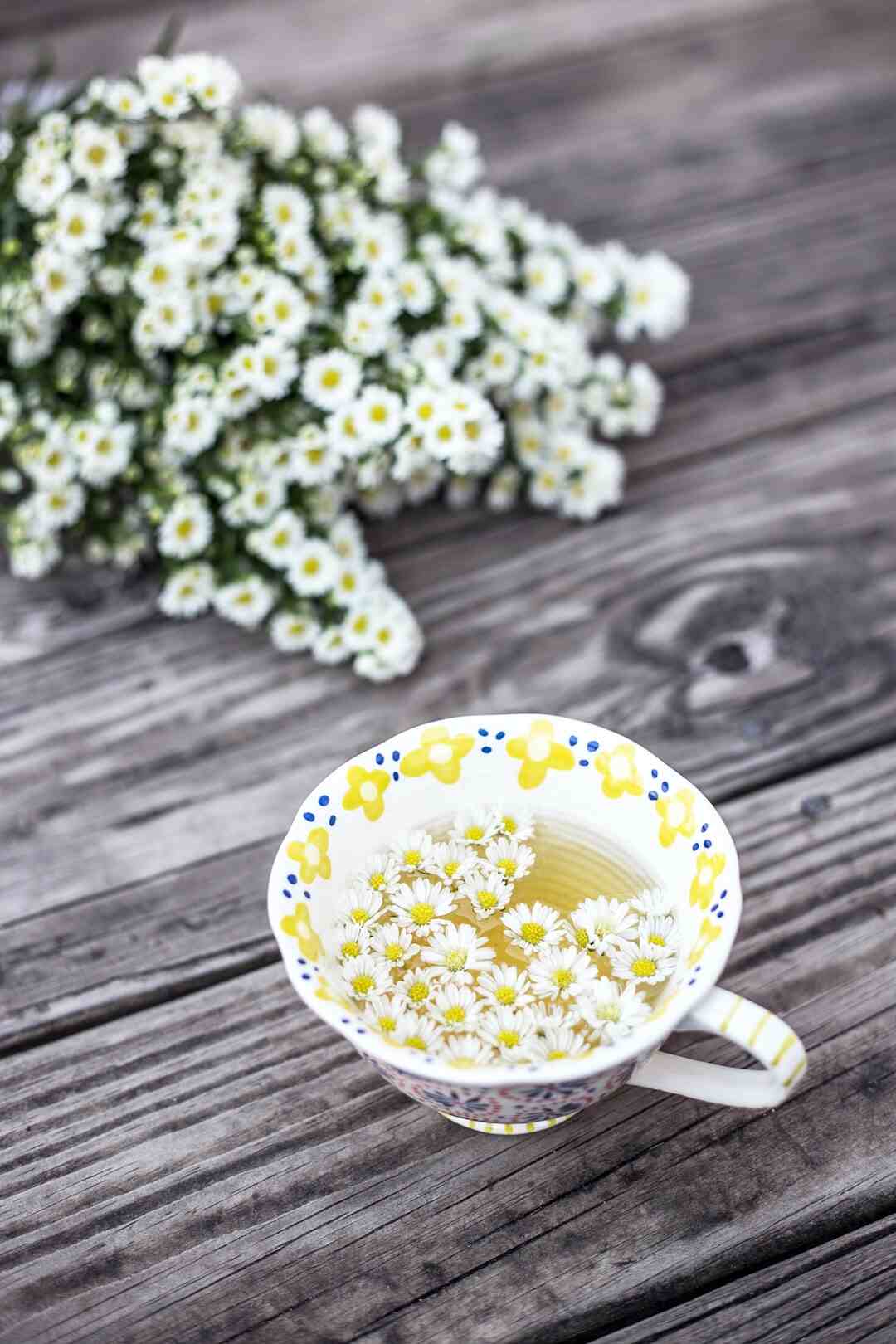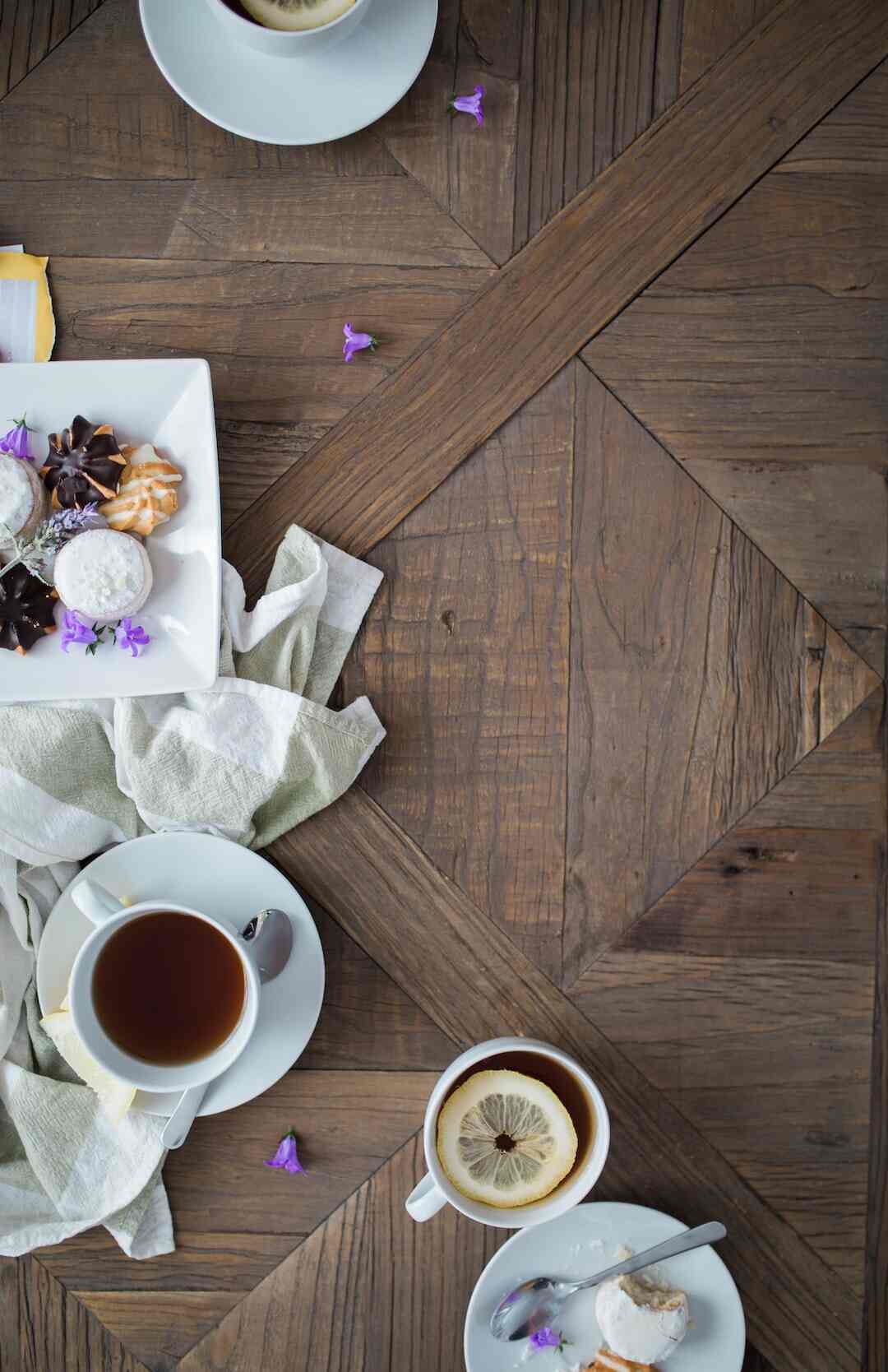Discovering the Timeless Flavors of Traditional Milk Tea
There’s just something about the comforting warmth and creamy sweetness of a classic milk tea that makes it a beloved beverage all over the world. Whether you’re sipping on it during a cozy night in or grabbing a cup to-go on a busy day, the traditional milk tea flavors never disappoint.
What are Traditional Milk Tea Flavors?
Traditional milk tea is a combination of black tea, milk, and sweetener, with the option for additional flavorings. These classic flavors have been enjoyed for decades and have become a staple in many cultures. Here are some of the most popular traditional milk tea flavors:
| Flavor | Description |
|---|---|
| Original Milk Tea | A simple and straightforward version with just black tea, milk, and sweetener. |
| Earl Grey Milk Tea | Made with Earl Grey tea leaves, which have a distinct citrusy flavor from the addition of bergamot oil. |
| Assam Milk Tea | Featuring bold and malty black tea from the Assam region in India. |
| Jasmine Milk Tea | Infused with fragrant jasmine flowers, adding a floral note to the tea. |
| Matcha Milk Tea | Made with matcha powder, which is finely ground green tea leaves, resulting in a vibrant green color and a slightly bitter, earthy taste. |
These flavors can be found at traditional tea shops or bubble tea cafes, and are a great option for those who prefer a more classic taste. But, what makes these flavors so timeless? Let’s explore further.
Why are Traditional Milk Tea Flavors Timeless?
The traditional milk tea flavors have stood the test of time for a variety of reasons. Firstly, they are simple yet delicious combinations that don’t require any fancy ingredients or techniques. Secondly, they offer a comforting and familiar taste, which can be especially appealing during times of stress or uncertainty. Finally, they can be customized to suit individual tastes, whether that means adding more sweetener or opting for a different type of milk.
Conclusion
In a world where new and trendy drinks seem to be popping up every day, it’s refreshing to know that the classic flavors of traditional milk tea will always be there for us. Whether you’re a fan of the floral notes of jasmine milk tea or the boldness of Assam milk tea, there’s a traditional flavor out there for everyone. So, next time you’re in the mood for a comforting and timeless beverage, give one of these flavors a try.
The Sweet World of Milk Tea: Exploring Different Flavors and Sweetness Levels
There’s nothing quite like a comforting, indulgent cup of milk tea. This beloved beverage is a staple in many parts of the world, and for good reason: its creamy texture and rich flavor make it the perfect pick-me-up on a chilly day or a refreshing treat on a hot afternoon.
One of the key components of milk tea is sweetness. It balances out the bitterness of the tea and provides a comforting, indulgent flavor that keeps many people coming back for more. In this article, we’ll explore some of the different sweet milk tea flavors out there and take a look at how sweetness levels can be customized to suit different tastes and dietary needs.
Classic Sweet Milk Tea Flavors
When most people think of milk tea, they likely picture the classic sweet milk tea, also known as bubble tea or boba tea. This delicious drink is made with black tea, milk, and a sweetener such as sugar or condensed milk. The result is a creamy, sweet beverage that’s perfect for sipping on a lazy afternoon.
But classic sweet milk tea is just the beginning. There are many other sweet milk tea flavors out there to explore, each with its own unique twist on the beloved beverage.
Fruit-Flavored Milk Teas
For those who prefer a fruitier flavor, many milk tea shops offer fruit-flavored options that are still sweet and creamy. Strawberry milk tea is a popular choice that combines the fruity sweetness of strawberries with the creamy texture of milk. Other options include mango milk tea, peach milk tea, and even lychee milk tea.
Milk Tea Inspired by Desserts and Candies
Some milk tea flavors take inspiration from desserts and candies, resulting in deliciously decadent beverages. Chocolate milk tea has a cocoa-rich flavor that’s perfect for chocolate lovers, while milk tea with brown sugar has a caramelized sweetness similar to toffee. Other options include milk tea with matcha or red bean paste, which offer a unique and satisfying twist on classic milk tea.
Customizable Sweetness Levels
While many milk tea flavors come with a certain level of sweetness, some shops offer customizable sweetness levels. This means that customers can adjust the sweetness to their liking, whether they prefer a less sweet drink or have dietary restrictions on sugar intake. It’s a helpful option that ensures everyone can enjoy a delicious cup of milk tea.

Conclusion
Whether you prefer classic sweet milk tea or one of the many other delicious flavors out there, there’s no denying the appeal of this beloved beverage. With its creamy texture, comforting sweetness, and endless variety, milk tea is a treat that’s here to stay.
Milk Tea Lovers Rejoice: Fruity Infusions are Here to Stay!
If you’re a fan of milk tea, then you’ve probably tried a variety of flavors, from classic black tea to creamy taro. But have you tried fruity infusions? These refreshing and light drinks have been gaining popularity in recent years, and for good reason. In this blog post, we’ll explore everything you need to know about fruity infusions in milk tea.
What are Fruity Infusions?
Fruity infusions in milk tea are simply the addition of fruit flavors to the traditional milk tea base. Some of the most popular fruit flavors used in milk tea include strawberry, mango, peach, and passion fruit. These flavors are typically added to the milk tea base in the form of syrups or purees, which gives the drink a fruity and refreshing taste.
How are Fruity Infusions Made?
To create fruity infusions in milk tea, milk tea shops typically add fruit syrups or purees to the milk tea base. Some shops also use fresh fruit slices or chunks as toppings or garnishes, which adds a fruity and colorful touch to the drink. Fruity infusions can be enjoyed hot or cold, depending on the customer’s preference.
Blended Fruit Smoothies
In addition to fruity infusions in milk tea, some milk tea shops also offer blended fruit smoothies with milk tea as the base. This creates a creamy and fruity drink that’s perfect for those hot summer days. Blended fruit smoothies are a great way to get your daily dose of fruit and milk tea in one delicious drink.
Health Benefits of Fruity Infusions
Fruity infusions in milk tea are a great option for those who want a healthier alternative to traditional milk tea flavors. The fruit provides natural sweetness and vitamins, which is a great way to add a nutritional boost to your drink. Plus, with so many fruit options to choose from, you can switch things up and try something new every time.
Conclusion
In conclusion, fruity infusions in milk tea are a delicious and refreshing option for milk tea lovers. With so many fruit flavors to choose from, you can customize your drink to your liking and even add a nutritional boost. So next time you’re at a milk tea shop, why not try a fruity infusion? Your taste buds will thank you.
Unconventional and Unique Milk Tea Flavors to Try
When it comes to milk tea, many people have their go-to flavors like classic black milk tea or brown sugar milk tea. But did you know that there are plenty of unconventional and unique milk tea flavors out there waiting to be discovered? In this post, we’ll take a closer look at some of these flavors and where you can find them.
Popular Unconventional Milk Tea Flavors
While some of these flavors may be more common in certain regions or countries, they are still considered unconventional in many milk tea shops. Here are some of the most popular unconventional milk tea flavors:
- Taro
- Matcha
- Rose
- Lavender
- Peach
- Honeydew
- Lychee
- Avocado
If you’re looking for a unique twist on your regular milk tea, give one of these flavors a try. You might be pleasantly surprised!
More Unusual Milk Tea Flavors
For those who are feeling extra adventurous, there are some milk tea shops that offer even more unusual flavors. These flavors may not be for everyone, but they can definitely add some excitement to your milk tea experience. Here are some examples:
- Bacon
- Cheese
- Durian
If you’re feeling daring, give one of these flavors a try. Just be prepared for a strong and distinct taste!
The Background on Unique Flavors
If you’re curious about where some of these unique flavors come from or how they are traditionally used in cooking or beverages, here’s some background information:
- Taro – commonly used in Southeast Asian cuisine and often used in desserts such as taro cake or taro milk tea.
- Matcha – a type of green tea powder that is commonly used in Japanese tea ceremonies and can also be used in desserts and drinks.
- Rose – commonly used in Middle Eastern and Indian cuisine and often used to flavor drinks and desserts.
- Lavender – commonly used in French cuisine and often used in teas and desserts.
- Peach – a popular fruit flavor that is often used in drinks and desserts.
- Honeydew – a type of melon that is often used in drinks and desserts in Asian cuisine.
- Lychee – a tropical fruit that is often used in drinks and desserts in Asian cuisine.
- Avocado – a fruit that is commonly used in savory dishes but can also be used in drinks and desserts.
- Bacon – a savory flavor that is not commonly used in sweet drinks or desserts.
- Cheese – a savory flavor that is not commonly used in sweet drinks or desserts.
- Durian – a fruit that is popular in Southeast Asia but has a strong and distinct smell and taste that not everyone enjoys.
Where to Find Unique Flavors
Now that you’re excited to try some of these unique milk tea flavors, where can you find them? Here are some milk tea shops that are known for offering unconventional flavors:
| Shop Name | Location | Unique Flavors Offered |
|---|---|---|
| Boba Guys | San Francisco, California | Matcha, Rose, Horchata |
| Tiger Sugar | Taiwan, Hong Kong, Singapore, Malaysia, Thailand, Philippines, Indonesia | B |


Leave a Reply